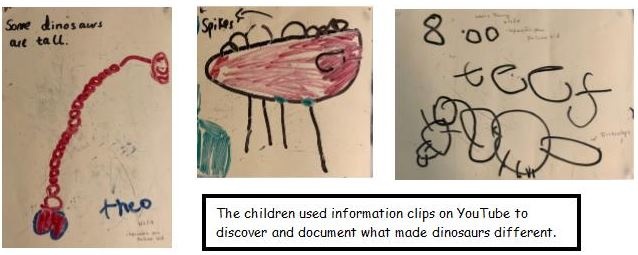
What do you think of when you hear ‘Project-based Learning’? Do you associate it with words like ‘chaotic’, ‘directionless’, ‘time-filler’?
In 2018, I had no previous teaching experience of projects, but as a learner I vaguely remember spending a few afternoons each week in year 6, working on a ‘project’ that involved an alien called Martin! My shaky recollection and the obvious fading of the details can only feed into this narrative that it is not ‘proper learning’.
Pedagogical toolkit
I am fortunate enough to work in a school that invests a huge amount of time and energy into staff CPD. As a school, back in 2017, we had just embarked on an exciting, long-term journey to develop our curriculum and pedagogical toolkit. As a result, we gained knowledge of how to equip our children with tools to independently and strategically organise their thinking, make connections between concepts, within and across subjects, and to be precise and analytical.
Our children embraced these skills and we proudly observed a surge in depth and mastery learning, right across EYFS to Year 6. It was during this time that I first heard about the Project approach. Contrary to belief, Project-based Learning (PBL) is not curriculum standards free, teacher-centred or a free-for-all.
It is easy to be swept up in the myth that Projects are not purposeful for long term learning, but this couldn’t be further from the truth. The Project Approach demands high levels of motivation from children who have acquired a repertoire of thinking skills; who have the ability to research, hypothesis and discover independent of an adult.
A high-quality Project builds on content and skills, and has a beginning, middle and an end. For us, children having the ability to take this kind of ownership of their learning; embarking on Projects that are meaningful for them, while sharpening the skills they need as present and future learners, is not a tedious endeavour but rather the pinnacle of a curriculum.